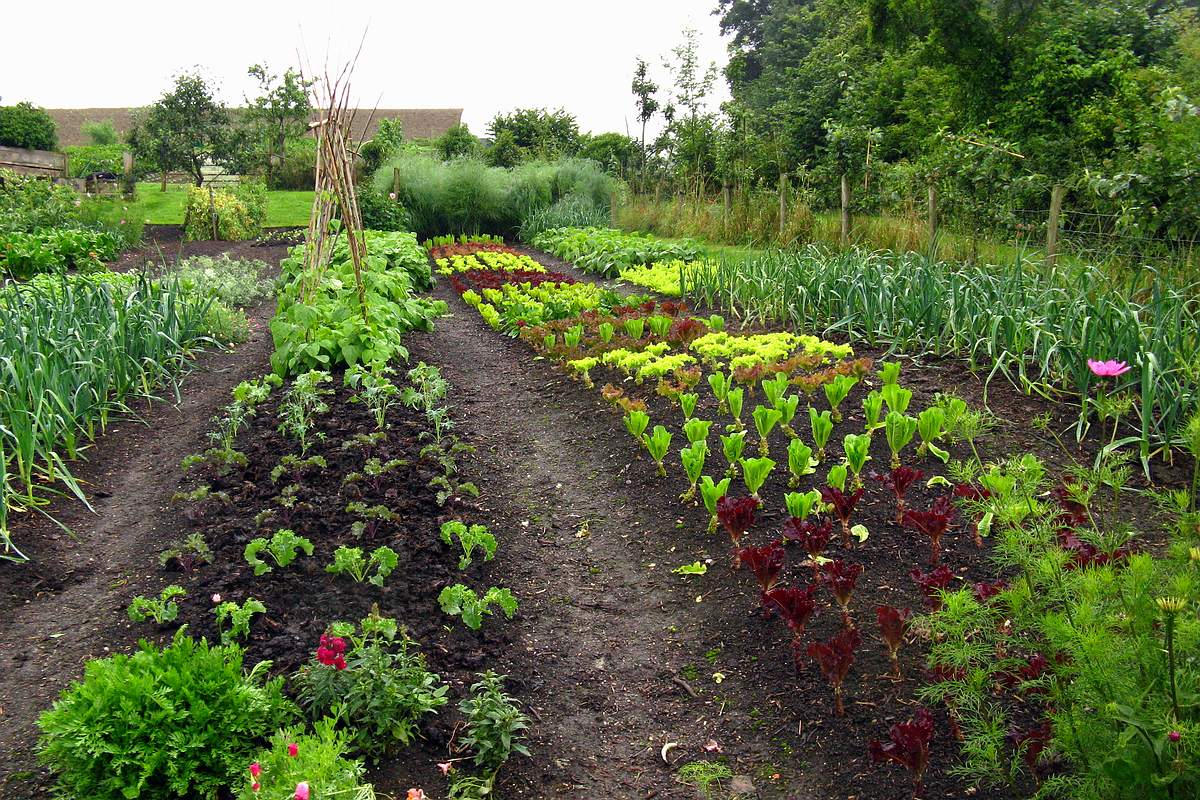
There are gardeners who embrace the repetitive nature of gardening and are content to grow the same vegetables in the same way, year after year. And then there are gardeners who approach every season as a new adventure, an opportunity to test new ideas, to push limits of what can presumably be done and who forever attempt to find better, cleverer, more efficient ways to do things.
Charles Dowding is clearly one of the latter which is why every book he publishes is bound to be worth reading. His first book ‘Organic Gardening: the natural no dig way’ has probably converted more gardeners to the no-dig method than anything else ever written. His clear prose and well-documented examples show that you can grow great produce without ever turning your soil over and who doesn’t want a beautiful garden that produces more with less work?
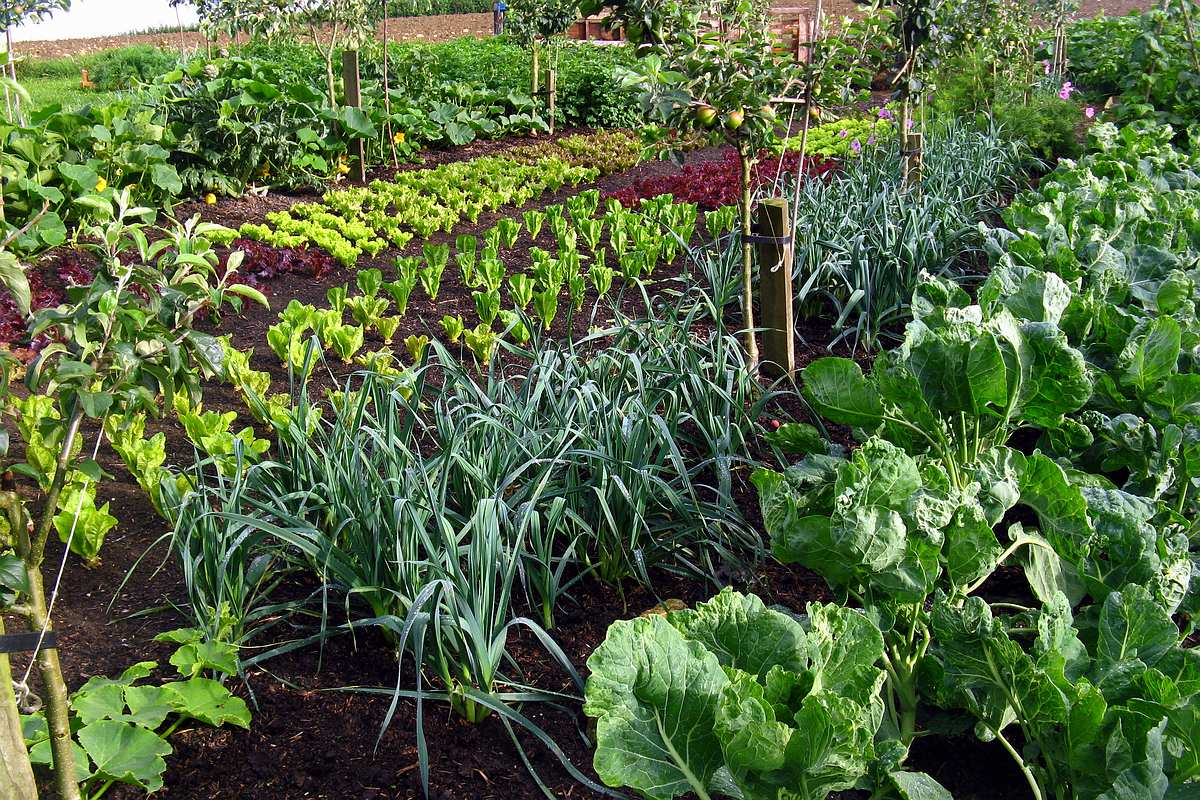
I have been a no-dig gardener from the moment I started growing vegetables but since my experience is mainly on sandy soil, I am very interested in Charles’s results on heavy clay. Because I wanted to see his beautiful market garden for myself, in 2009 we visited Lower Farm where he was then growing and I interviewed Charles for a Dutch gardening magazine. The garden was just as beautiful and productive as you’d expect and I’m using the photos from our visit here.
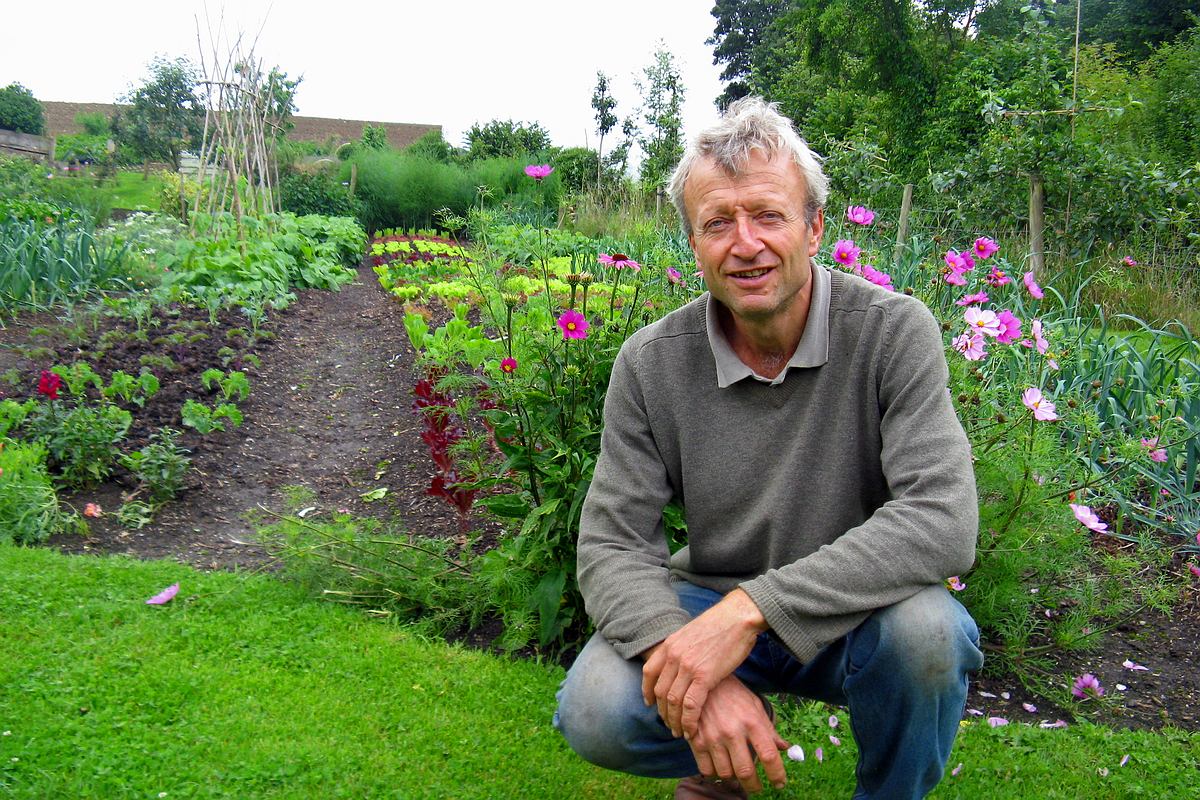
This week I finished reading his latest book, written together with Stephanie Hafferty, called ‘No Dig Organic Home & Garden’ and it’s so bursting with practical
information and inspiring ideas that I wanted to tell you about it.
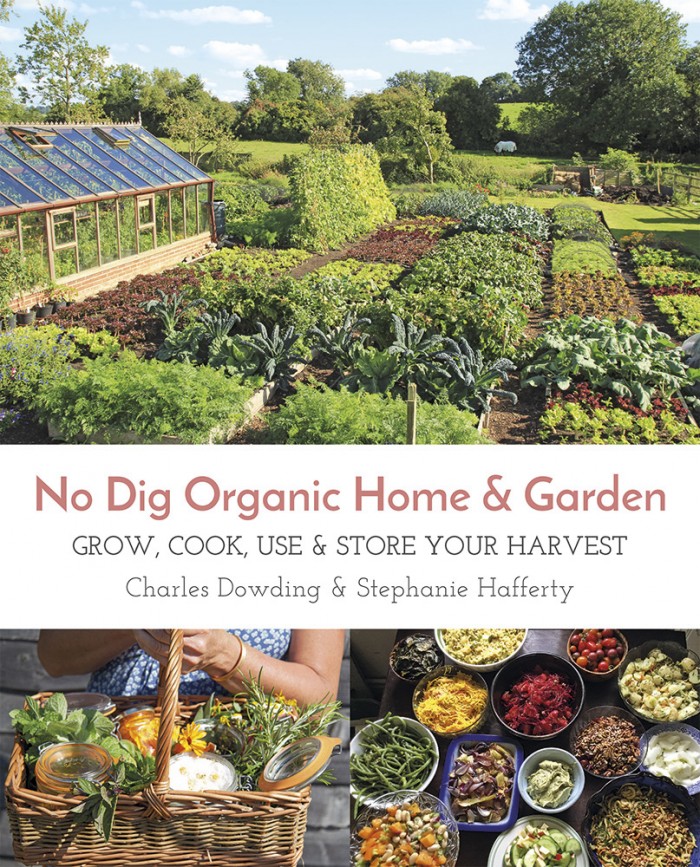
The book covers just about any gardening related topic you could think of and, most importantly, all the information is grounded in decades of experience. There are chapters on starting a garden without digging, on composting, prolonging the growing season, seeds saving, as well as advice on specific crops, both annual and perennial. And then there are also chapters on what to do with all the produce you’ve grown, from storage tips to simple recipes. Since it is almost encyclopaedic in its scope, I thought I would highlight a few things I personally found most interesting:
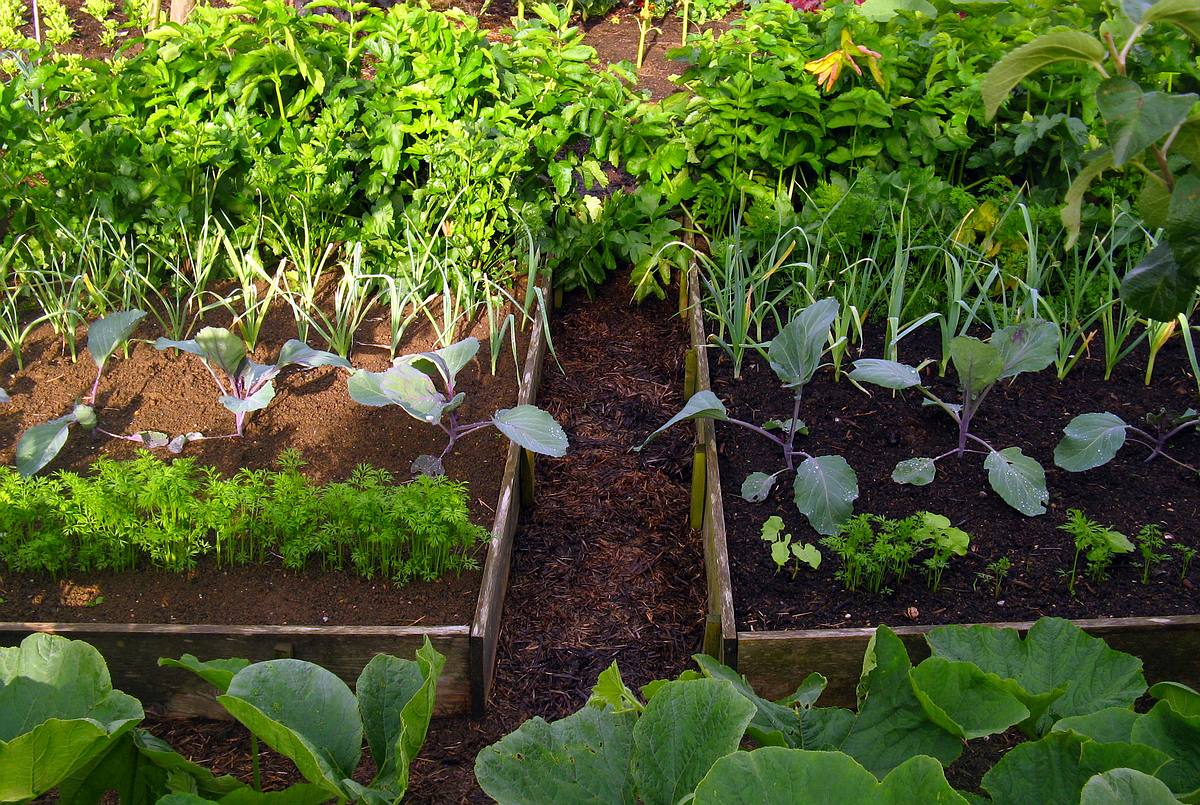
The size of my own vegetable garden does not allow for many trials and side by side comparisons of different methods, so I like to learn from the many experiments Charles conducts in his garden. For years, he has been comparing yields in dug and undug beds and in this book he also describes his experience with different types of clearance mulches, their advantages and disadvantages. In another trial he compared yields from 2 beds of the same size, one filled with topsoil, the other with compost, over the course of 4 years. The results were a little better in the bed filled with compost which is good news since we initially filled all our raised beds with 6-7 wheelbarrows of compost.
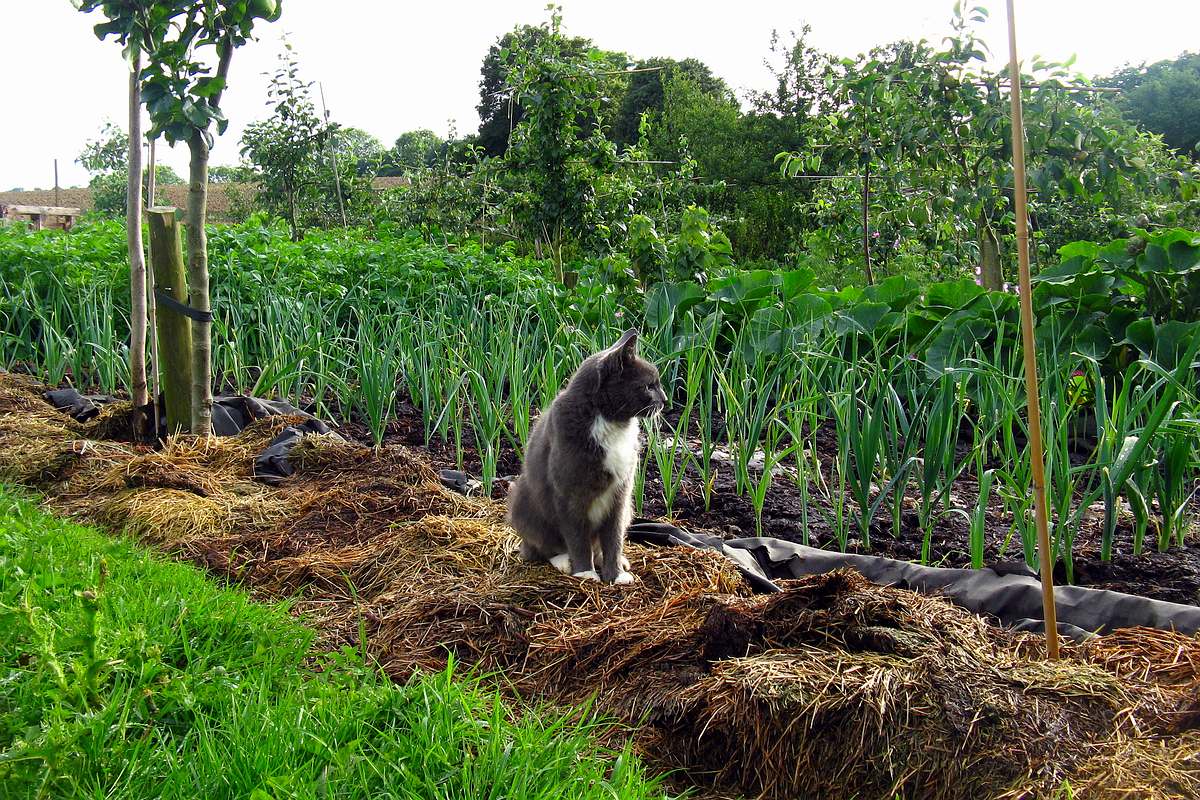
Table on page 26 ‘Sowing vegetables’ gives an overview of the best sowing months, methods (direct sowing, undercover in modules…) and days from sowing to first leaves (very useful since if no leaves emerge within this period you might need to sow again!)
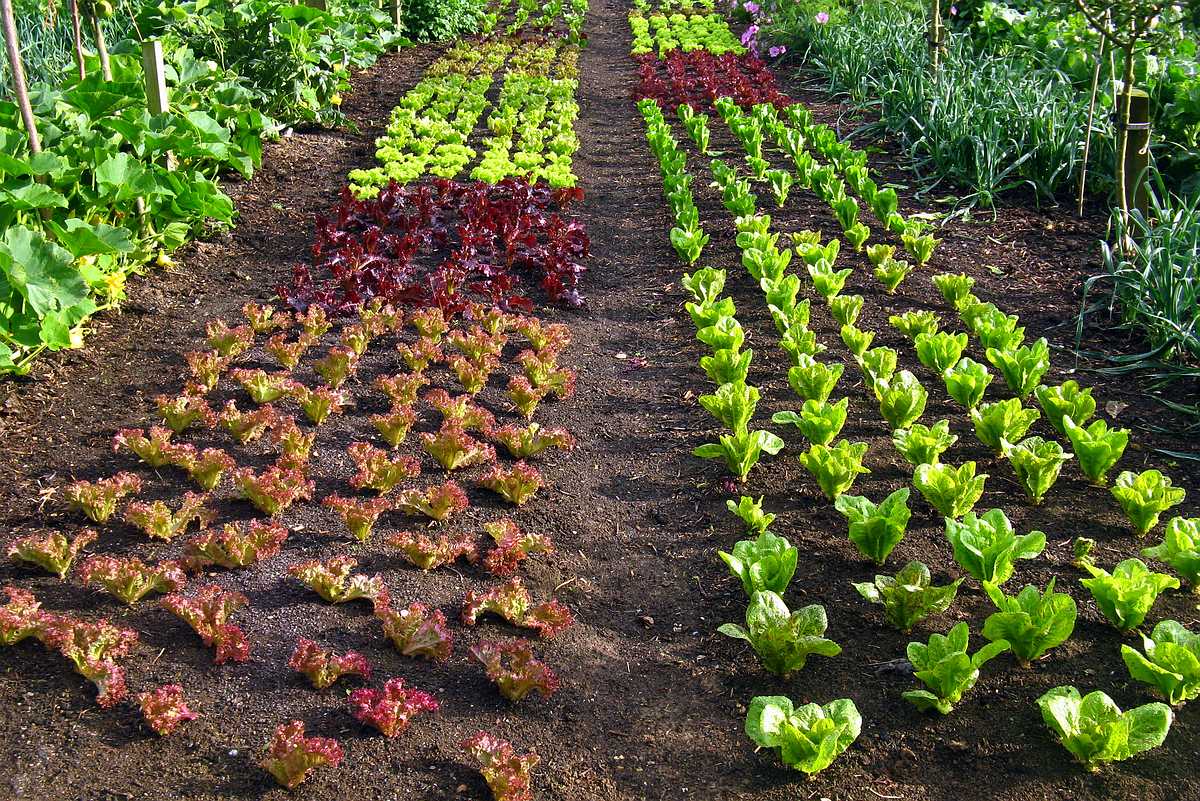
Table on page 30 ‘Vegetable spacing’ gives two possible spacings: closer spacing for quicker, smaller crops and more spacious spacing for larger plants and longer cropping, so that you can choose what best suits your needs.
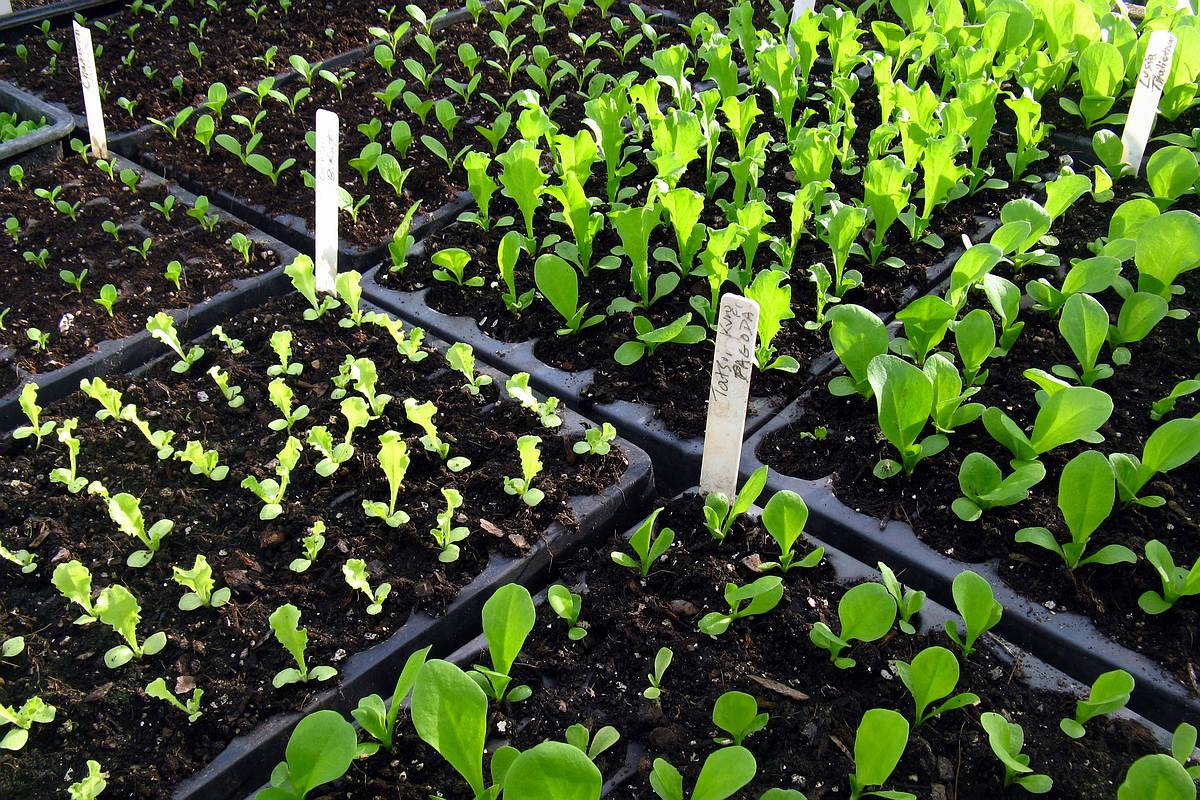
There are instructions on making a hotbed which is a great way to create bottom heat for starting seedlings even if you (like us) do not have electricity in the greenhouse and cannot use heating mats.
Chapter 9 gives detailed instructions on when to harvest crops for storage and the best way to store every crop.
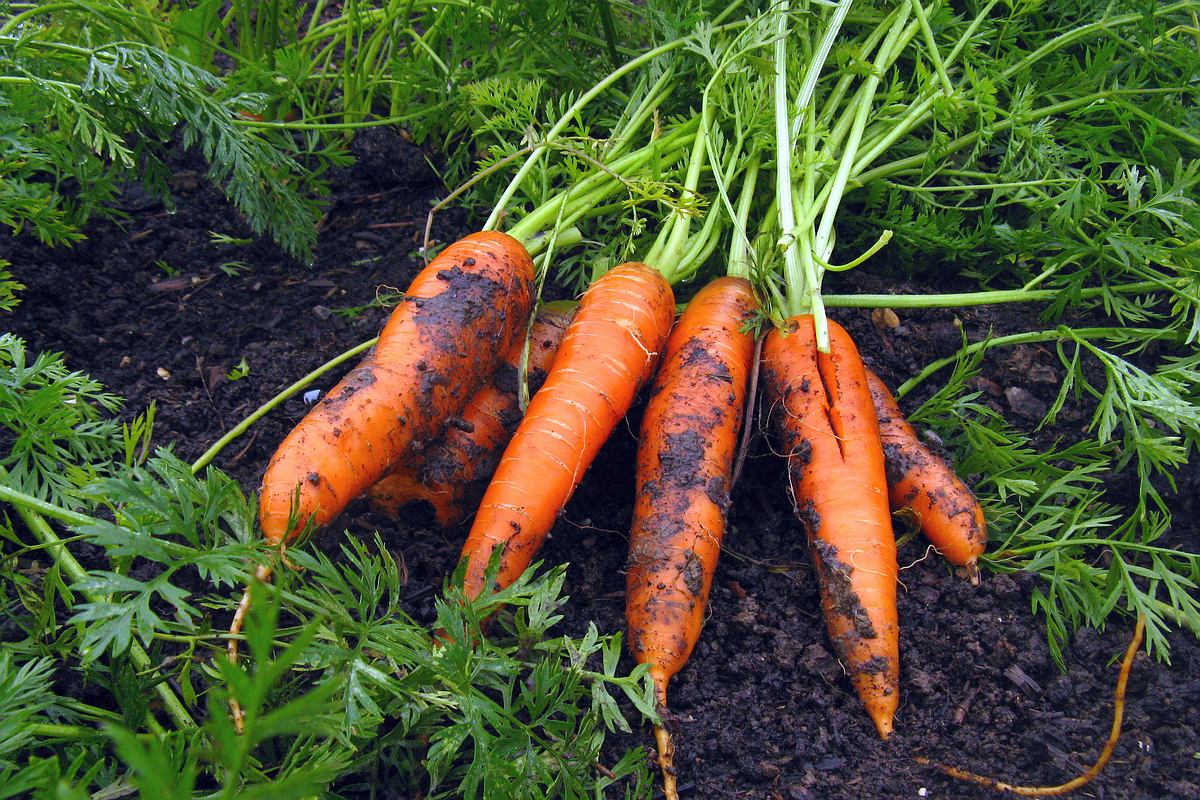
I’m definitely going to make the ‘Calendula vinegar’ (we have lots of calendula in the garden this year!) which can be used for salad dressings, for soothing sunburn or as an all-purpose cleaner. Versatility is a trait shared by most of the recipes in the book.
There are also 3 recipes for yacon which I am growing but don’t really know how to use other than just peeled and sliced for eating raw. There’s a recipe for yacon salsa, yacon coleslaw and roasted yacon.
The information on specific crops includes tips on best sowing and harvesting times, yields you can expect and recommended varieties, as well as ways to prevent pest and disease damage. Anyone with limited growing space will also appreciate the ‘follow with’ tip: for example, courgette can be followed with garlic or broad beans, beetroot with salads, fennel, leeks, chard, kale or broccoli.
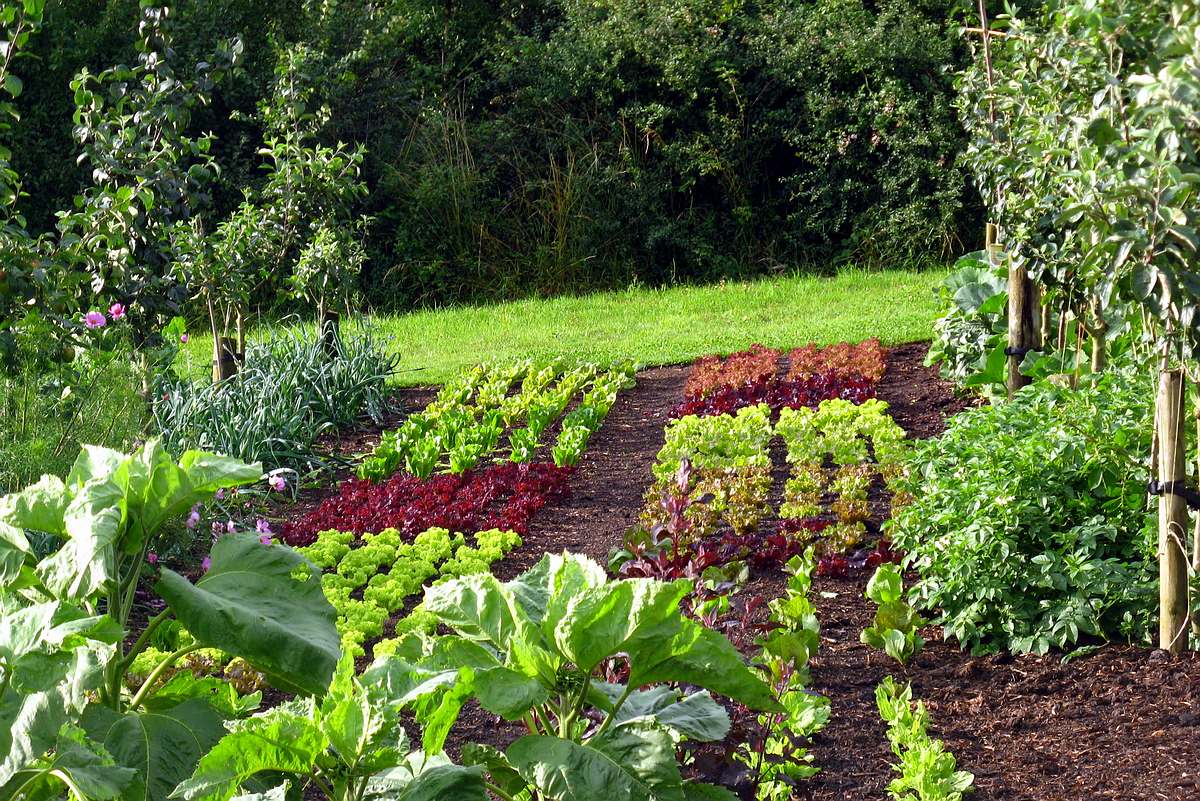
These are just a few picks from the huge amount of useful information the book contains. If you only buy one gardening book this year, I’d say this would be a very good choice!
You can order it from Permanent Publications (this is not an affiliate link)
4 comments for “No Dig Organic Home & Garden – book review”